20.3: Southwest Asia
- Page ID
- 132617
Religious (and ethnic) divides within former colonies were not unique to any one continent. Many countries that sought independence were products of imperialism in the first place. Indeed, the “national” borders of Iraq, Ghana, and Rwanda had been arbitrarily created by the imperial powers with complete disregard for the religious and ethnic differences of the people who lived within the borders. For example, in Iraq, both Sunni and Shia Muslims, Christian Arabs, different Arab ethnicities, and Kurds all lived side-by-side. Of course, diversity did not guarantee conflict. But, when circumstances arose that inspired conflict, violence could, and often did, result.
Israel
The current ongoing crisis of Israel and Palestine is a result of arbitrary borders drawn up by former imperial powers, as well as a unique case of a nationalist movement for an ethnic-religious homeland. Since the early 20th century, thousands of European Jews had been immigrating to Palestine, fleeing anti-Semitism in Europe and hoping to create a Jewish state as part of the Zionist movement. After the collapse of the Ottoman Empire and until 1948, the British held the “mandate” (political governorship) of the territory of Palestine.
During World War I, in the Balfour Declaration of 1917, the British had promised to
- support the creation of a Jewish homeland in Palestine
- aid Arab leaders in creating independent states in the aftermath of the Ottoman Empire’s expected demise
After World War I, the British established control over a large swath of territory that included the future state of Israel, frustrating Arab hopes for their own independence. Between 1918 and 1939, the Jewish population of Palestine went from roughly 60,000 to 650,000. The entire period was replete with riots and growing hostility between the Arab and Jewish populations, with the British trying to keep the peace.
After World War II, the British proved unable to manage the volatile region, and turned the territory over to the newly-created United Nations. The UN’s plan to divide the territory into two states – one for Arabs and one for Jews – was rejected by all of the countries in the region. After Israel became a formal state, the Arab–Israeli War (1948) began. The nine-month conflict had two predominate two sides: the Jewish people of Israel against a coalition of the surrounding Arab states: Egypt, Syria, Iraq, and Lebanon. Israel consistently fielded larger, better-trained, since the Jewish settlers had spent years organizing their own militias. Meanwhile, the Arab states' militaries were in their infancy. When the dust settled, there were nearly a million Palestinian refugees and a state that promised to be the center of conflict in the region for decades to come.
Since the creation of Israel, there have been three more full-scale regional wars:
- 1956 Suez War (noted previously in the discussion of Egypt) had no lasting consequences besides adding fuel to future conflicts
- Six-Day War of 1967 resulted in great territorial gains for Israel
- Yom Kippur War of 1973 undid some of the previous gains
In addition to the actual wars, there have been ongoing explosions of violence between Palestinians and Israelis that continue to the present.
Arab resistance and Cold War considerations led the U.S. to continue its support of Israel, which was supported by Jewish Americans, as well as Christian fundamentalist evangelicals, many of whom consider the reestablishment of Israel as the beginning of the apocalyptical End Times and the return of the Messiah. Meanwhile, the Soviet Union sought allies in the Middle East, which was much closer to its borders than the U.S.
Pan-Arabism
On the previous page, Egyptian leader Gamal Abdul Nasser's successes in Egypt were discussed. He established a secular state dedicated to improving the lives of ordinary people by separating religion and politics, supporting government intervention in the economy to prevent foreign control, and providing more and better social services. Nasser, a former army colonel, also relied on the military as the most reliable and disciplined institution to maintain unity and order. This “Nasserism” became the ideology of the Ba’ath Party, formed in Syria and later in Iraq in the 1950s among military officers.
In addition, Nasser preached pan-Arabism, the goal that all Arabs should be united in one federated nation. Egypt and Syria briefly united under this model in the early 1960s. After Nasser’s death, Libya, Syria, and Iraq federated for a time in the 1970s. The unification of Palestinians into the Palestine Liberation Organization in 1964 led by Yasser Arafat and his Fatah Party is yet another example.
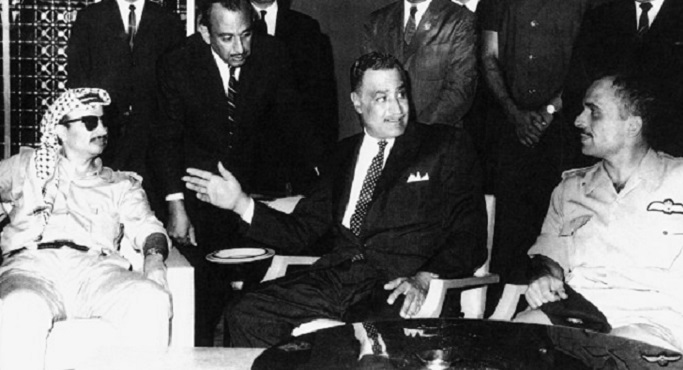
Iran
Historically, Muslims and Christians often conflict were western Europeans and the United States have been actively extracting natural resources from territories occupied by Muslims. Western oil companies in the Persian Gulf have had a decisive role in the relationships between the governments of Britain and the US and the people and governments of the region. For example, when the Iranian Prime Minister, Mohammad Mosaddegh, decided to nationalize the Anglo-Iranian Oil Company (now BP), U.K. Prime Minister Winston Churchill convinced U.S. President Harry S. Truman that Mosaddegh had to be removed from office. In 1953, Britain’s MI-6 and the U.S. CIA organized a coup against the elected government of Iran and installed Shah Mohammed Reza Pahlavi as ruler of Iran to ensure a steady flow of oil.
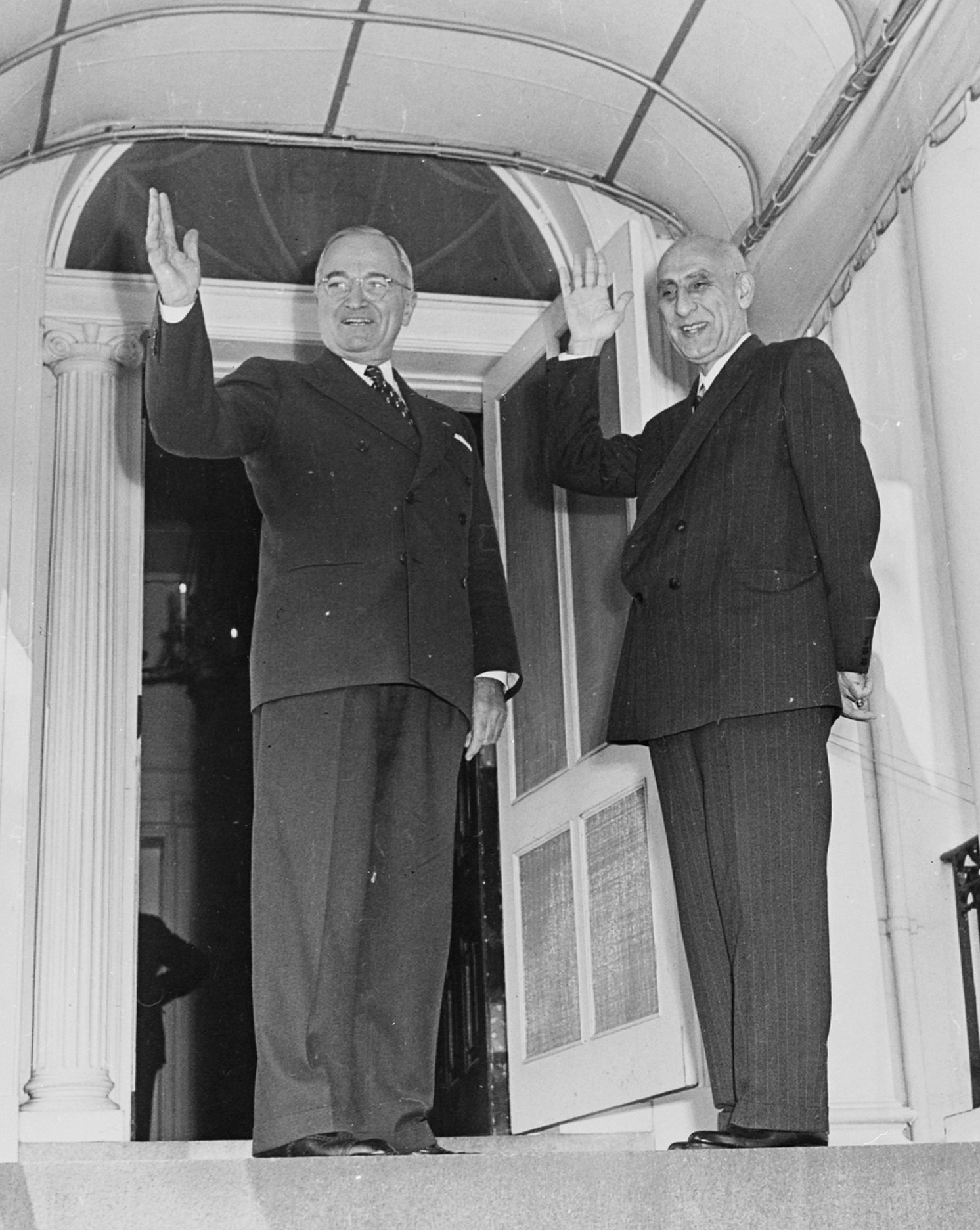
Between 1950 and the mid-1970s, oil production rose from less than a million barrels per day to 6 million barrels daily. However, the oil boom widened the gap between the rich and poor in Iran. One indication was the 2,500th-anniversary celebration of the founding of the Persian Empire by Cyrus the Great. The event was attended by jet-setters from around the world. Meanwhile, Iranians were excluded and their poverty was ignored.
The Shah began a policy of embracing western culture and westernizing Iran, to which conservative Muslims objected. Only the richest Iranians were able to access the new consumer goods and cultural changes. In addition, the changes were not accompanied by political liberalization (failure to reduce restrictive laws). The Shah’s secret police force, SAVAK, terrorized the population and routinely assassinated the Shah’s critics including possibly Mostafa Khomeini, son of the ayatollah. (The ayatollah is a Shiite religious leader in Iran. Mostafa Khomeini's death is surrounded by mystery.)
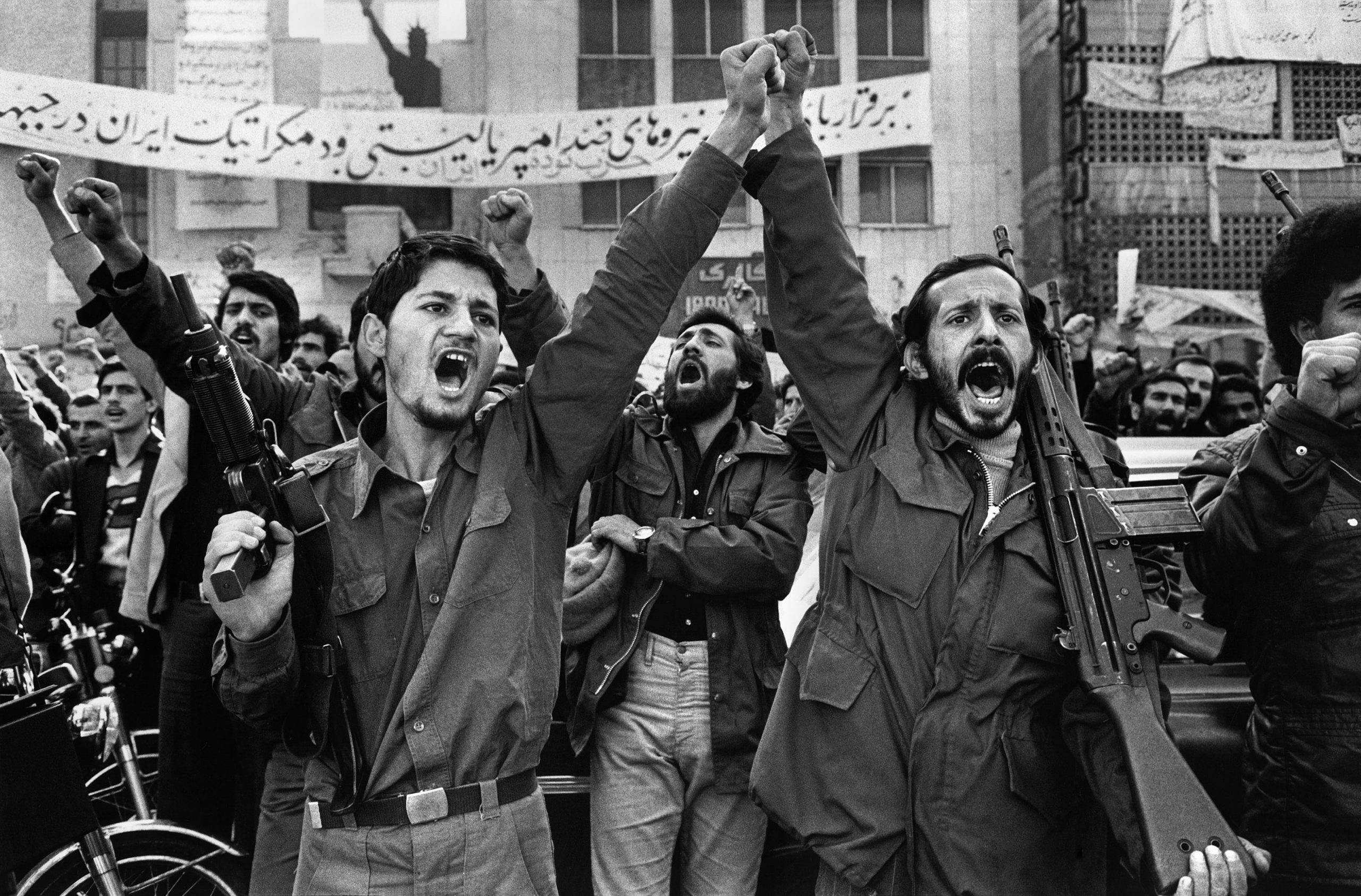
The outbreak of the Iranian Revolution (January 1978 to February 1979) caught the Shah by surprise. When the Muslim clergy announced an open-air prayer meeting on the annual holiday marking the end of Ramadan, the Shah panicked and declared martial law. 5,000 protesters took to the streets of Tehran. The army fired into the crowd, killing 64 people. The ayatollah Khomeini claimed 4,000 people had been killed, and workers at Tehran’s oil refineries and government workers declared a general strike that brought the economy to a standstill. By early December, more than 10% of the Iranian people were marching in anti-Shah demonstrations. The ailing Shah abandoned Iran, eventually arriving for treatment in the United States, while Khomeini proclaimed a new Islamic Republic.
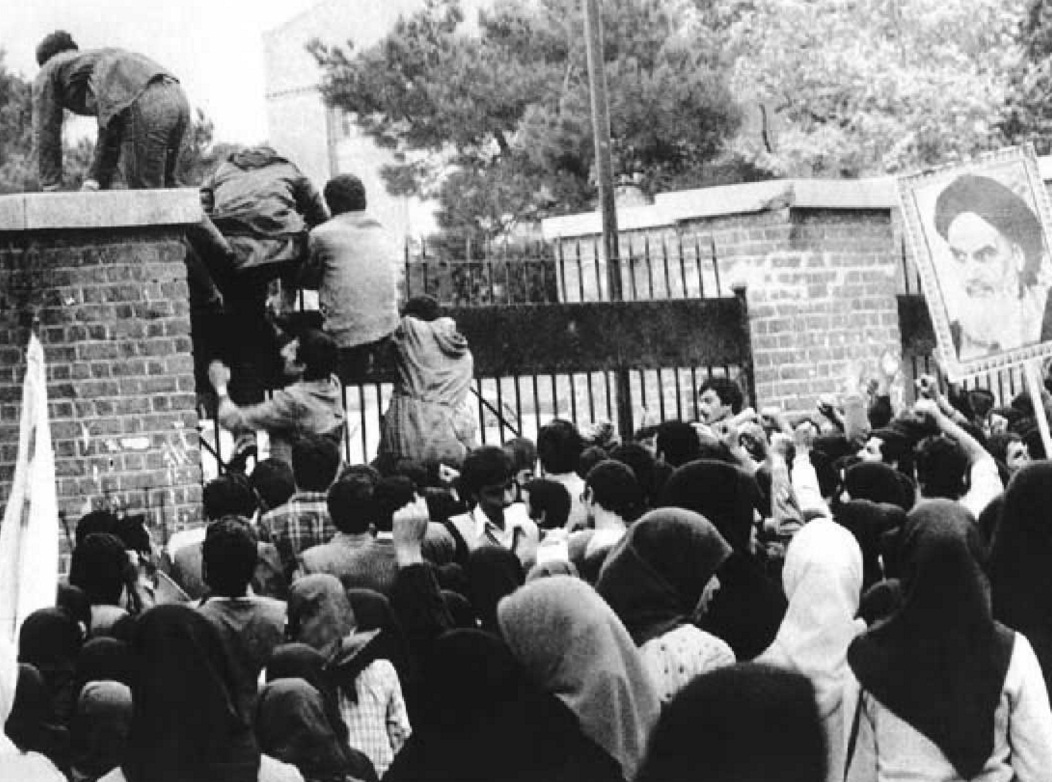
The U.S. government was strongly disliked for helping to install the Shah. After the Iranian Revolution, in November 1979, a group of Islamist students stormed the American Embassy in Tehran and took the staff as hostages. Fifty-two (52) Americans were held for 444 days, until the inauguration of U.S. President Ronald Reagan in January 1981. The ayatollah, who was an astute politician as well as a religious leader, supported keeping the hostages on purely political grounds. He told reporters, “This action has many benefits…This has united our people. Our opponents do not dare act against us. We can put the constitution to the people’s vote without difficulty.”
Iraq
The new Iranian regime confronted resistance from the Arab world, especially from Iraqi leader Saddam Hussein. The Iranians were Persian rather than Arab, and most were followers of Shia Islam. (The Sunni branch of Islam is more common and prevalent in the Arab world and among all Muslims.) Although Shi’ites and Sunnis had lived in peace for centuries, Iran’s new clerical state was deemed a threat by its Arab neighbors, especially by the conservative Sunni regime in Saudi Arabia.
Iraq had its own particularities. Specifically, Shia holy sites were located in Saddam Hussein’s country, and a majority of the Iraqis were Shi’ite Arabs. Hussein, himself, was a Ba’athist, promoting Arab nationalism in a secular state ruled by his military. In September 1980, he sent his armies into Iran. Hussein claimed that he was protecting Arabs living in the Iranian border region, although ironically, these areas also had vast oil deposits. The Iran-Iraq War lasted 8 years and helped consolidate the power of the Khomeini regime. The US, USSR, France, and many Arab countries provided support for Iraq, which used chemical weapons against Iranian military and civilian targets. The death toll has been estimated as 800,000 Iranians and up to 500,000 Iraqis.
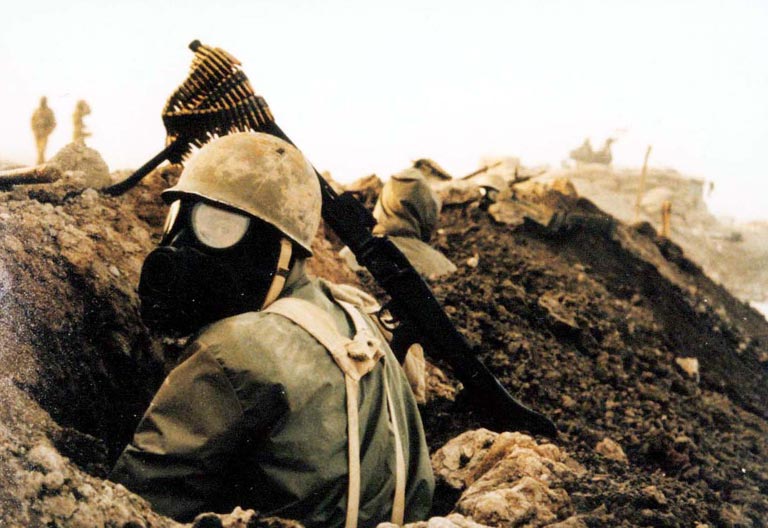
At the end of the war, Hussein had gained economic debt and demands for autonomy from non-Arab ethnic Kurds in northern Iraq. He responded with chemical attacks on civilian Kurdish populations. Then, in 1990, the Iraqi dictator decided to incorporate Kuwait into his nation, claiming that it had historically been part of Mesopotamia (which was plausible, given the absurd way the British had drawn national boundaries after World War I). The small kingdom also had rich oil reserves. The United Nations, led by the U.S., pushed Hussein out of Kuwait. (Often referred to as the Persian Gulf War or Operation Desert Storm.) Although it decimated Hussein’s retreating army on the infamous “Highway of Death”, the coalition stopped short of toppling Hussein from power, which would have consequences over the next two decades.

